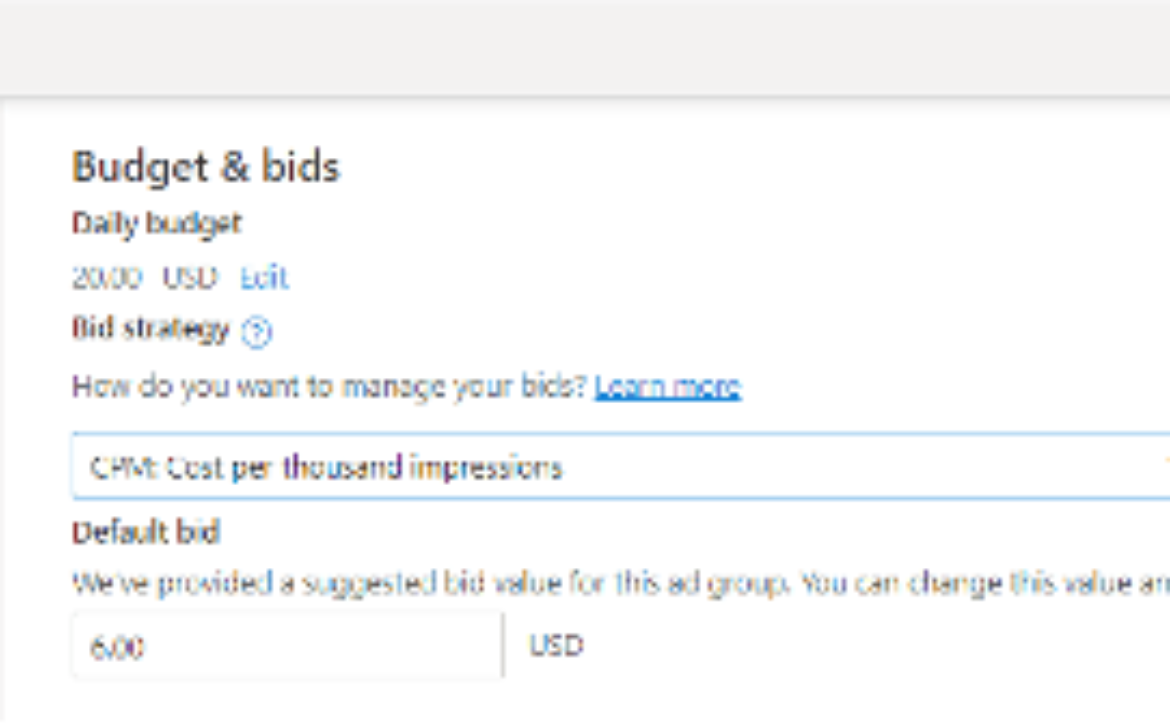Search Engine Land’s daily brief features daily insights, news, tips, and essential bits of wisdom for today’s search marketer. If you would like to read this before the rest of the internet does, sign up here to get it delivered to your inbox daily.
Good morning, Marketers, “basic” does not mean things are easy or always obvious.
That nugget of wisdom comes from Google’s John Mueller. In a Twitter thread about freelance and agency SEOs asking “basic” questions, Mueller shared that he prefers people ask such questions “because many are afraid to ask and also need to know the answers. Better to ask (or at least listen) & learn than to assume a falsehood is true.”
Search professionals are quick to point out that the industry undergoes constant change. While most of the fundamentals stay the same, “basic” is a relative term and sometimes standard practices do change, like when Google confirmed that it hasn’t supported rel=prev/next for years.
There are also a lot of SEO myths out there — so many, in fact, that Google has produced an entire YouTube video series called SEO Mythbusting. Reiterating foundational knowledge can help dispel these urban legends. And, more basic questions may also mean that the industry is growing, which is always exciting.
George Nguyen,
Editor
Google takes stand against climate change deniers with new ads and monetization policy
Google will introduce a new policy for advertisers, AdSense publishers and YouTube creators that prohibits ads for, and monetization of, content that contradicts authoritative scientific consensus around the existence and causes of climate change. Google will use its automated systems as well as human reviewers to enforce the policy, which will take effect next month.
Why we care. Advertisers that deal with climate matters should be especially careful as this new policy takes effect. If your ads adhere to the policy but are still disapproved, you can appeal the policy decision directly from your Google Ads account. Publishers and YouTube creators that make climate change content should also be careful not to run afoul of this policy as it may make monetization impossible. For general publishers and YouTube creators that monetize their content, this change may increase brand safety as climate-change-denying ads will be less likely to show up alongside your content.
Read more here.
Google AdSense moves to a first-price auction model
Google will move AdSense from a second-price auction model to a first-price auction by the end of 2021, the company announced last week. In a second-price auction, the final price paid by the winner is determined by the second-highest bid. In a first-price auction, the final price is the same as the winning bid.
The transition to a first-price auction only affects AdSense for Content, AdSense for Video and AdSense for Games (not affect AdSense for Search or AdSense for Shopping). This change also aligns AdSense with Ad Manager and AdMob, botch of which already operate under a first-price auction model. There is no action for advertisers or publishers to take and these changes will occur automatically.
Why we care. As Google pointed out, making the winning bid the actual price advertisers pay may make it easier for some advertisers to plan their spending and enables them to use a single approach across AdSense, Ad Manager and AdMob.
However, a first-price auction means that the final price the winning advertiser pays will be higher than it was under a second-price model if advertisers bid the same amount. “When buyers lower their bids in the context of a first-price auction, the effective payments tend to be similar in both models, reflecting the value of the publisher’s ad space and audience,” a Google spokesperson said, “We announced our change to first-price auction in advance to give our advertising partners the opportunity to adjust their bidding strategy before the auction goes live.” Campaign managers should inform stakeholders of this change as it may affect their strategy and/or budget.
Read more here.
One feed, one world
Google Merchant Center allows one feed for all countries. Now, merchants can use a single feed to push all their products to Merchant Center, regardless of how many countries they support. This change may improve workflows as merchants can use just one feed per language for all countries.
Page-width featured snippets seen in the wild (again). Brodie Clark has (screen)captured another glimpse of a featured snippet test that some initially saw in August. He also maintains a chronology of SERP features he’s encountered, with a search box and links to images for many of them.
Online conferences are great, but… Yes, I also have a conference shirt that I sleep in. Perhaps vendors can just have them made in the button-up pajama style for the holidays.
What We’re Reading: Will making it easier to switch default search engines make a difference?
“We welcome the Commission’s goals with the Digital Markets Act (DMA) but the DMA fails to address the most acute barrier in search: Google’s hoarding of default positions,” DuckDuckGo, Qwant, Lilo and Ecosia wrote in an open letter to EU lawmakers, “Google would not have become the overall market gatekeeper they are today without years of locking up these defaults. If the DMA fails to address this fundamental issue, we believe the status quo will continue, leaving the root cause of this problem unchanged.”
Presented last year by the European Commission, the DMA is a set of regulations aimed at ensuring that big tech companies cannot abuse their position to stifle competition or take advantage of consumers.
Google’s niche competitors, like DuckDuckGo and Ecosia, have been calling the company out for years, but the tension really kicked up when Google introduced its search choice screen in August 2019 as part of its efforts to comply with a July 2018 antitrust ruling. Fourteen months later, I analyzed the impact of Google’s search choice screen on competition and there was virtually no effect on its market share, perhaps by design.
During my research, I spoke to numerous search engines and one told me that in Europe, Google had a lot of say in how it would comply with such regulations — a sentiment echoed by Natasha Lomas of TechCrunch, who wrote, “The European Commission has — for years — shied away from imposing specific remedies on Google, despite a string of antitrust enforcements. Instead EU lawmakers have typically said it is up to Google to figure out exactly how to comply with its various orders to cease infringements in areas like product search, search ad brokering and Android.”
Now, Google’s rivals want the company to make it easier to switch search providers: In addition to prompting users to designate a default search engine when they set up their Android device, they want a one-click switch that can be accessed at any time. They also want a similar option for Chrome on desktop devices as well. To Google’s credit, the company has dropped the search choice auction and displays options in a random order, so Google itself isn’t always at the top.
The question now is whether rethinking how defaults are implemented will make a substantive impact on search market share. Perhaps it’s justified from a “fairness” standpoint, but users have had decades to get used to the Google experience — maybe due to “locking up these defaults,” as the competitors said — so simply making it easier to switch search engines is unlikely to have the impact DuckDuckGo, Ecosia, Qwant and Lilo are hoping for.
The post Google’s new policy means it literally won’t pay to deny climate change; Monday’s daily brief appeared first on Search Engine Land.








